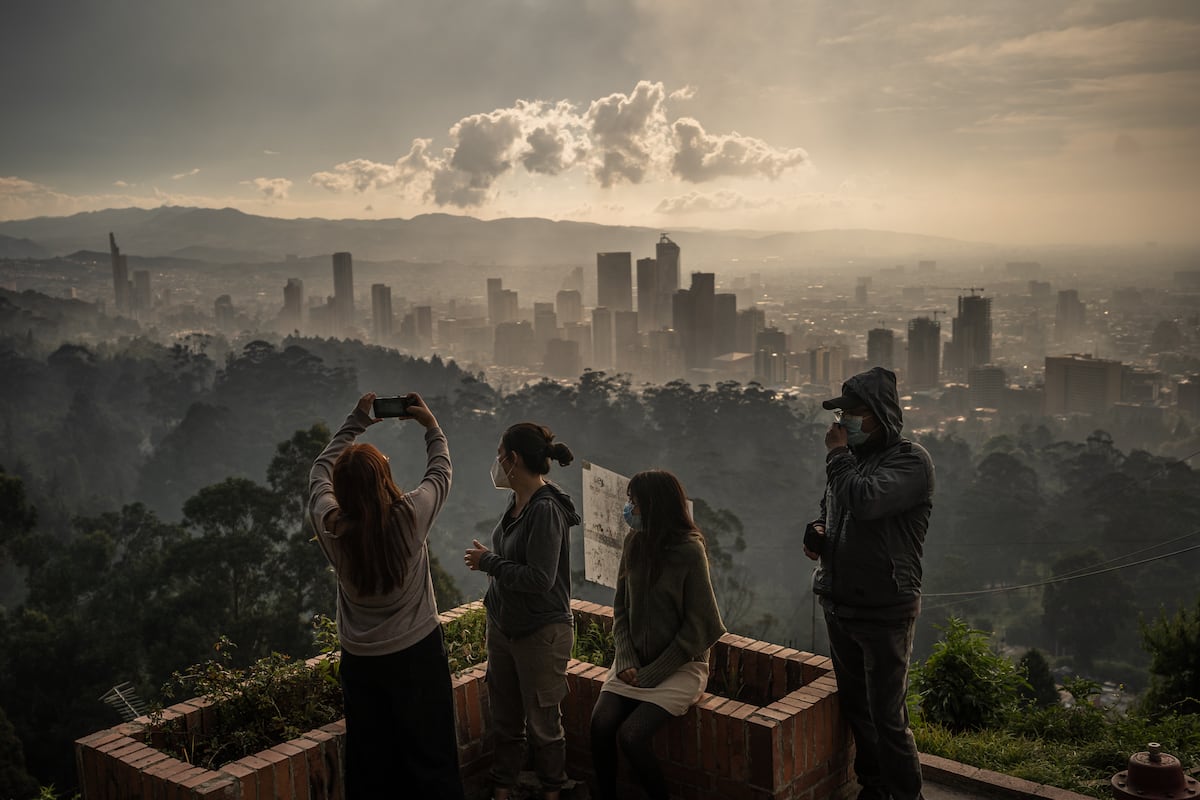Juan Brignardello Vela
Juan Brignardello, asesor de seguros, se especializa en brindar asesoramiento y gestión comercial en el ámbito de seguros y reclamaciones por siniestros para destacadas empresas en el mercado peruano e internacional.




The beginning of the year 2024 in Bogotá has been marked by a harsh reality for the Colombian capital: forest fires are devastating the eastern hills, while the reservoirs that support the water supply have fallen to alarming levels, below 50% of their capacity. This phenomenon not only reveals the city's vulnerability to extreme climate events but also highlights the lack of preparation and attention to environmental crises in the agenda of Mayor Carlos Fernando Galán, who is just completing his first year in office. Since taking office, Galán promised to focus on issues such as security, mobility, and the fight against hunger, relegating environmental matters to the background. However, reality has forcefully intruded into the political agenda, forcing the mayor to confront challenges that were not considered during his inauguration. The fires in the hills, largely caused by the El Niño phenomenon, serve as a palpable reminder of the climate crisis looming over the region. Amid this crisis, Bogotá also attempted to position itself as the host of the Conference of the Parties on biodiversity, COP16, but ultimately lost out to Cali. This situation underscores the urgent need for the capital to recognize its role in environmental conservation, especially considering that it is home to 17 wetlands and is surrounded by crucial páramos for its ecosystem. Bogotá's water largely comes from the Chingaza National Natural Park, which has seen a decrease in its water retention capacity. This phenomenon has led the mayor to implement water rationing that has not only affected residents but has also exposed poor management of the city's water resources. While rationing has allowed for some regulation, the lack of a comprehensive approach to water management has revealed the inadequacy of the measures taken, which have been criticized by experts in the field. The situation is further complicated by torrential rains that have flooded major roads in the city, such as the Autopista Norte. This event has highlighted the lack of urban planning in the face of climate risks, especially in areas where construction has limited the wetlands' capacity to act as natural water regulators. The response to this flooding crisis has been hampered by a lack of coordination between the Mayor’s Office and environmental authorities, leading to the paralysis of necessary projects to mitigate the impact of the rains. Throughout this year, the interaction between Galán and President Gustavo Petro has been complex and at times conflictive. The construction of the Bogotá Metro has been a constant point of discussion, as have other important topics such as the fight against hunger and the public health crisis. This political tug-of-war has highlighted the need for more effective collaboration among various government entities, especially in times of climate crisis. The mayor has been called to rethink how water is managed in Bogotá, emphasizing the importance of adopting a more flexible and sustainable approach. Criticism of the current management underscores the need for a paradigm shift in how the city addresses environmental and infrastructure challenges, especially in light of the growing evidence of climate change and its devastating effects. The water crisis and the implemented rationing have exposed not only the fragility of the water system but also the city's lack of preparedness for increasingly intense and frequent climate events. As the reservoirs continue to drop in level, the Mayor's Office's commitment to long-term solutions becomes crucial to ensure that Bogotá does not repeat past mistakes and is better equipped to face future challenges. In conclusion, the climate crisis has risen to the top of Bogotá's agenda, despite the initial efforts of its mayor to focus on other issues. The urgency of implementing effective strategies to conserve water, protect the environment, and mitigate the impact of extreme natural phenomena is now more evident than ever. The city stands at a crossroads, and the direction it takes will determine not only the well-being of its inhabitants but also its ability to adapt to a constantly changing world.
Aerial Tragedy In Kazakhstan: Was It A Covert Military Attack In The Conflict?
Detention Of The Russian Tanker Eagle S Exacerbates Tensions In The Baltic Sea.

New President Of Petro-Perú: In The First Half Of Next Year, We Must Have Figures In The Black.






